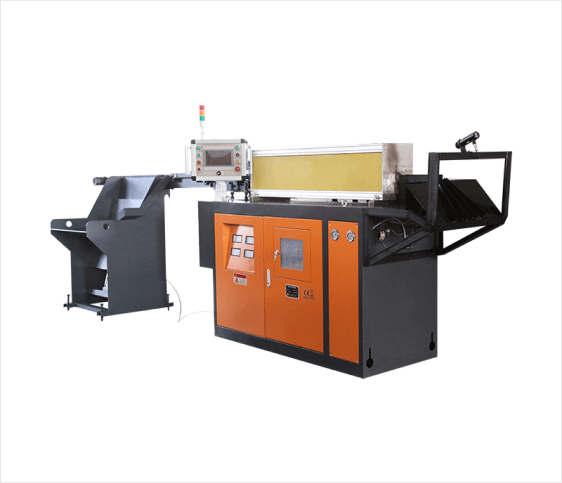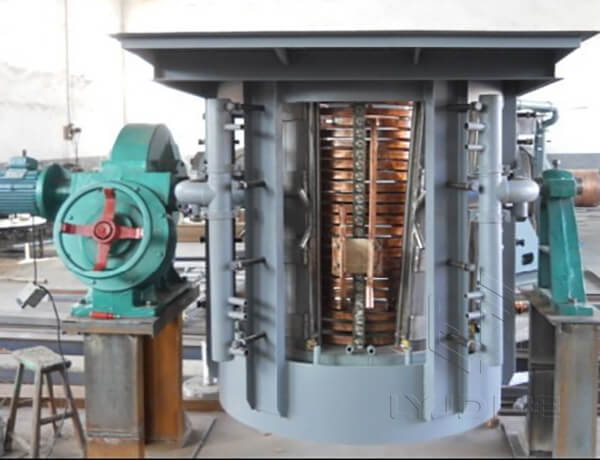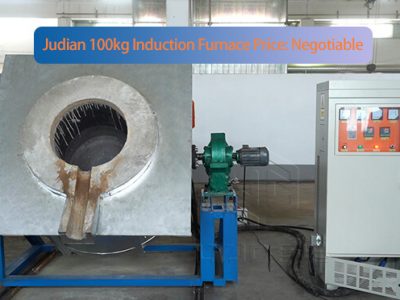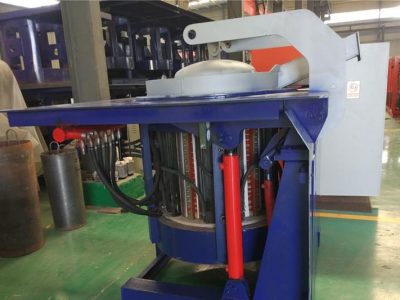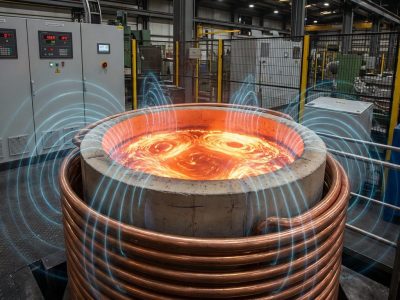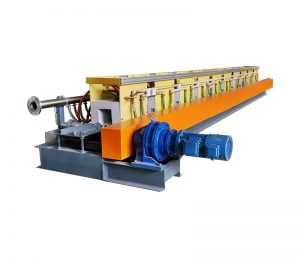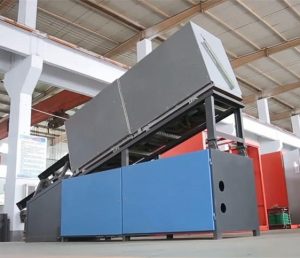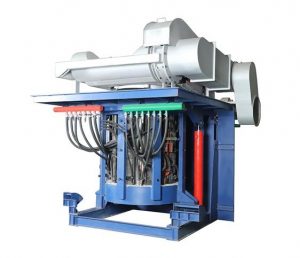A 1-ton induction furnace is an essential industrial machine used for melting metals through electromagnetic induction heating. This equipment is widely applied in steelmaking, non-ferrous metal processing, casting, and other heavy industries. However, the price of a 1-ton induction furnace can vary significantly, ranging from several thousand to hundreds of thousands of dollars. Understanding the key factors that influence the price will help buyers make informed decisions.
Key Factors Affecting 1 Ton Induction Furnace Price
1. Furnace Design and Structure
The structure of an induction furnace includes the furnace body, power supply, insulation layer, and outer casing. Each component impacts both cost and performance. The furnace itself is the core, holding the metal to be melted. During operation, alternating current from the power supply generates a magnetic field through the inductor, heating the metal efficiently. High-quality insulation and robust casing improve heat retention and operational safety, which can increase the cost.
2. Material Selection
The choice of refractory materials for the furnace lining—such as high-grade refractory bricks or cement—directly affects durability and performance. Premium materials extend the lifespan of the furnace and reduce maintenance, but also contribute to a higher price.
3. Electrical Components
The furnace relies on key electrical components like transformers, capacitors, and inductors. Components from reputable brands generally provide better reliability, precision, and longevity, making the overall equipment more expensive.
4. Advanced Technology
Modern induction furnaces often incorporate intelligent control systems, automated heating optimization, and advanced electromagnetic induction technology. These innovations enhance efficiency, safety, and precision but can also raise the price.
5. Quality and Reliability
Higher-quality furnaces use superior materials and components and undergo strict manufacturing and testing standards. Such quality ensures consistent performance and longer service life, naturally reflecting in the cost.
6. Power Rating
The furnace’s power capacity affects both its applications and price. Higher-power units require more robust components and additional safety measures, increasing manufacturing costs.
7. Accessories and Customization
Different manufacturers may provide varying quality of accessories, such as sensors, crucibles, and control panels. Customized or premium accessories enhance performance but also increase the overall price.
8. After-Sales Support
Comprehensive after-sales services, including installation, training, maintenance, and extended warranties, add value for industrial buyers. Premium support packages often increase upfront costs but reduce long-term operational risks.
Other Price-Influencing Factors
- Market Supply and Demand: Prices fluctuate depending on the current demand for induction furnaces and the number of manufacturers available.
- Production Techniques: Advanced production methods improve performance but may increase manufacturing costs.
- Brand Reputation: Well-known brands are generally priced higher due to their reliability, certification, and global service network.
- Regional Variations: Local labor, transportation, and economic conditions can affect the final price in different markets.
Buying Tips for International Buyers
When sourcing a 1-ton induction furnace for industrial use:
- Evaluate performance vs. cost based on your specific metal melting needs.
- Check technical specifications, power rating, and material quality.
- Consider after-sales support and spare parts availability to minimize downtime.
- Compare multiple suppliers, factoring in brand reputation, warranty, and additional services.
By carefully analyzing these factors, buyers can select a furnace that balances price, quality, and long-term reliability, ensuring efficient metal melting operations and extended equipment life.
